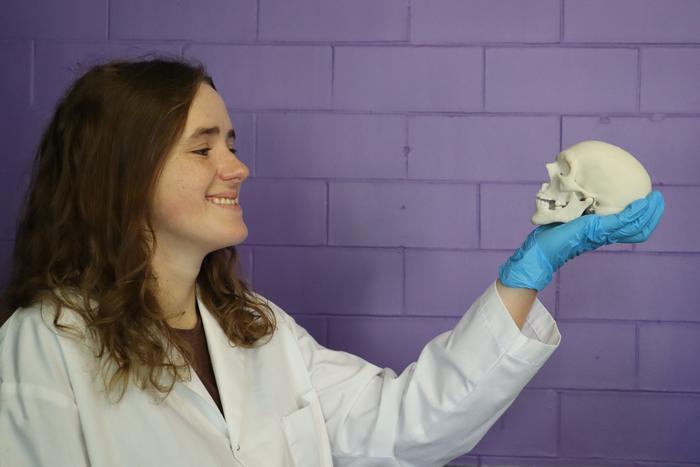Should we put a health alert on game consoles or before the broadcast of films using 3D? In any case, for the national agency for food, environmental and occupational health safety (Anses) advocates moderation, or even prohibition. In an opinion issued today, ANSES recommends “limited exposure” for children under 13 and “no exposure for children under 6”, as Le Figaro tells us. A group of experts came to this conclusion after a year of work.
3D is indeed not neutral for visual health. As Olivier Merckel, Head of the New Technologies Risk Assessment Unit at ANSES, explains, at this age, “external constraints must not alter the proper development of the retina or lens and especially of the area of the brain which is responsible for merging the images”. If not… well if not, we don’t know too much, because for the moment, no scientific study makes it possible to affirm that 3D images alter vision, but the appearance of symptoms leads to the application of the principle of precaution. Viewing 3D images can indeed be accompanied by visual fatigue, headaches or the feeling of dry eyes. And the damage could be more serious if exposure to 3D technologies increases… A scenario that has nothing to do with science fiction!
If 3D can prove to be an enemy of our visual health, this technology could well prove to be a sizeable ally in other areas. 3D printing is indeed a real revolution for medicine. 3D printers are already making it possible to manufacture perfectly made-to-measure casts and prostheses, as well as living tissue that will soon be implantable.
















